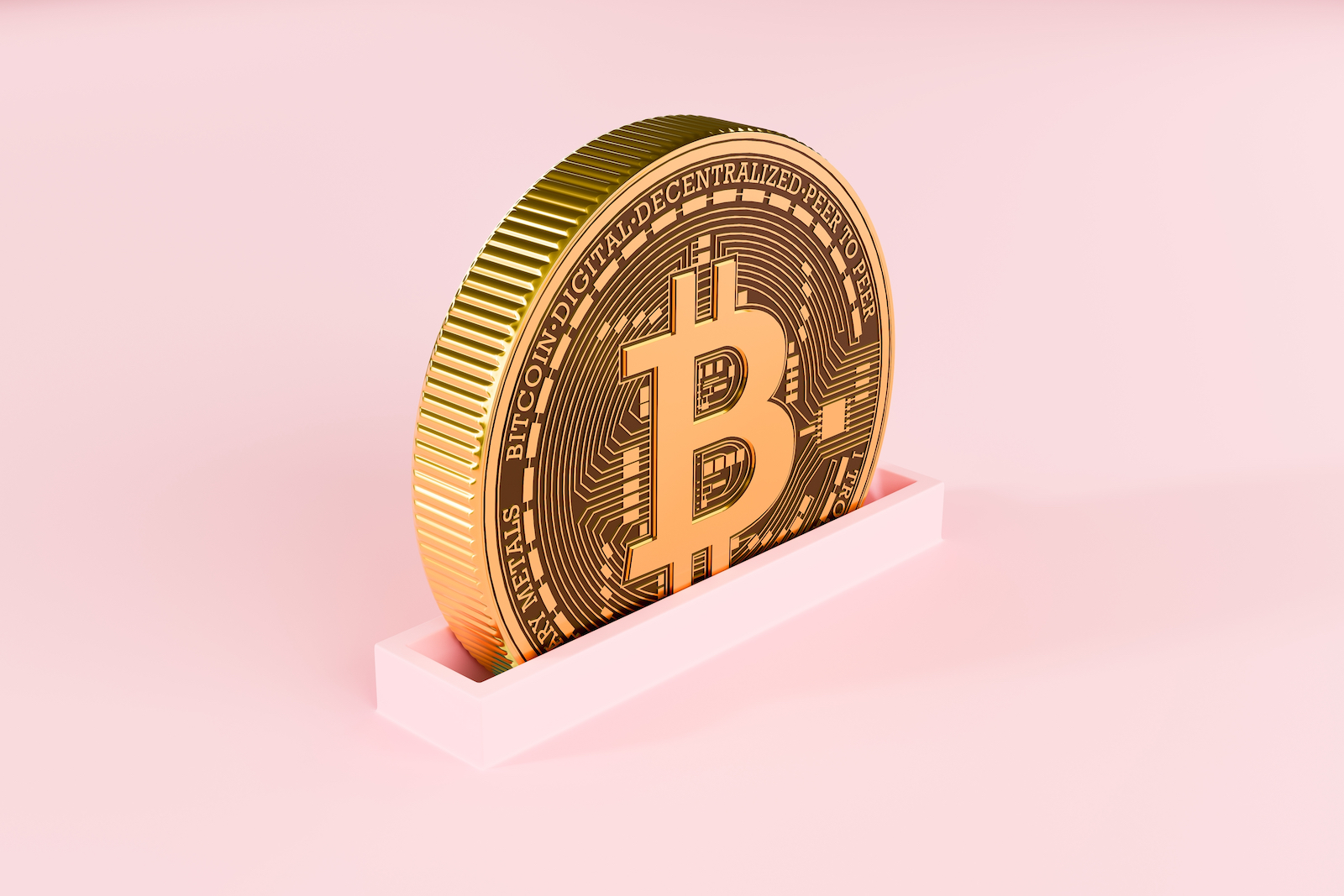
Tech
What Investors Need to Know About BRC-20 Tokens
Previously, I have talked about Ordinal inscriptions and what it means for the future of Bitcoin. Here’s an update on the BRC-20 token.
BRC-20 is a new experimental fungible token standard designed for the Bitcoin blockchain, inspired by Ethereum’s ERC-20 token. In the last few weeks, you may have heard this term from your friends or seen posts on social media about BRC-20 memes and NFTs.
As of May 2, the combined market capitalization of over 8,800 BRC-20 tokens was $137 million, a remarkable 682% increase from $17.5 million just a week ago. But a week after, as of May 9, the market capitalization of BRC-20 Bitcoin tokens had exceeded $1 billion, and within the previous 24 hours, there was a total trading volume of $207.7 million. These tokens can be tracked on brc-20.io or traded on Ordswap. Some of them are also available on Gate. As more wallet providers and more centralized exchanges integrate, I believe there will be more movements within their ecosystem.
What is BRC-20?
This standard was created for the Bitcoin blockchain by an anonymous on-chain analyst called Domo. It is being used to issue and transfer fungible tokens on the Bitcoin blockchain. BRC-20 is similar to the ERC-20 token standard used on the Ethereum blockchain but specifically designed for Bitcoin. BRC-20 uses Ordinal inscriptions of JavaScript Object Notation to deploy token contracts and mint and transfer tokens.
BRC-20 tokens are stored on the Bitcoin base chain and built with the help of Ordinals and Inscriptions. An Inscription or Ordinal is a unique number attached to a specific piece of digital content, such as an image, video, or text, stored on the Bitcoin blockchain. Inscriptions are generated using a special protocol that ensures their uniqueness and immutability, making them valuable digital assets that can be bought, sold, and traded just like NFTs. These tokens can be attributed to satoshis and then traded or swapped with others, just like other tokens.
Adding on to the above points and to give some context, BRC-20 tokens were made possible by a loophole in Bitcoin’s 2021 Taproot upgrade, which allowed for the attachment of small amounts of arbitrary data to each transaction to limit the amount of data stored on the blockchain. BRC-20 tokens use this feature to add additional data to individual satoshis, which can then be used to create various types of assets and tokens.
How different are BRC-20 and ERC-20?
The BRC-20 token standard utilizes the proof of work (PoW) mechanism, while the ERC-20 uses the proof of stake (PoS) mechanism. PoW is a consensus mechanism in blockchain networks to validate transactions and add new blocks to the chain.
In PoW, miners compete against one another to solve complex mathematical problems using high-powered computational devices. PoS protocols are a class of consensus mechanisms for blockchains that work by selecting validators in proportion to their quantity of holdings in the associated cryptocurrency.
Unlike PoW, which relies on solving complex computational problems, PoS requires validators to stake a certain amount of cryptocurrency before participating in the consensus process. Validators are chosen based on the amount of cryptocurrency they have staked, with those who have staked more having a higher probability of being selected to validate transactions.
The significant difference between the two networks is EVM (Ethereum virtual machine) compatibility. The BRC-20 token standard does not support smart contracts, which limits the ability of developers to create different programmable tokens and financial products.
Understanding memecoins popularity
Due to the explosive growth of the BRC-20 token standard, particularly with the introduction of memecoins such as Pepe and Memetic, these coins are becoming increasingly popular on BRC-20. In just four days, the BRC-20 token market capitalization has soared from $95 million to $279 million, with over 13,530 tokens currently in circulation. The top five BRC-20 tokens, Ordi, Pepe, Piza, Memetic, and Moon, make up 86.55% of the total market capitalization.
Memecoins may be moving to BRC-20 due to the Ethereum network becoming congested by these coins. One notable meme token, Pepe, has contributed significantly to this congestion. BRC-20 tokens, which are an experimental token standard on the Bitcoin blockchain modeled after Ethereum’s ERC-20 tokens, enable developers to create and transmit fungible tokens through the Ordinals protocol. The rise of memecoins has made BRC-20 tokens more popular in the cryptocurrency community.
It’s important to note that the number of daily transactions on the Bitcoin network hit a new record of 682,000 recently, up from 250,000 daily transactions at the beginning of 2023. As a result, all BRC-20 transactions must take place on-chain, which has rapidly filled up the limited space in Bitcoin blocks. Due to memecoins and BRC-20s, Bitcoin and Ethereum fees have soared.
What to look out for on BRC-20
The surge in memecoins’ popularity on BRC-20 can be attributed to the explosive growth of the BRC-20 token standard and the congestion on the Ethereum network caused by memecoins. This is like teaser marketing in my point of view.
One of the primary use cases for BRC-20 tokens is in the area of decentralized finance (DeFi). BRC-20 tokens have found utility in decentralized finance applications like lending, borrowing, and yield farming. Unlike rigid Bitcoin, BRC-20 tokens are more flexible and can be used in various decentralized financial applications.
Another use case for BRC-20 tokens is peer-to-peer transfers. BRC-20 tokens utilize the Bitcoin network and can be moved between wallets on the network. The most basic thing one could do with a BRC-20 token is to transfer it to their peers as a representation of value. In the future, I would foresee that the demand for real asset tokenization on BRC-20 will continue to grow.
The development of BRC-20 tokens is continuing at a rapid pace, and it is likely that more use cases will emerge in the future. The impact of BRC-20 tokens has been significant, considering they began as an experiment. The tokens have exploded in popularity in the crypto community, and over 14,000 BRC-20 tokens are deployed on Bitcoin compared to an estimated 400 million on Ethereum. This means that there is still lots of room for growth.
